The Jantar Mantar (Jaipur Observatory) is a UNESCO World Heritage site, a monument of historical and astronomical significance. Located near City Palace and HawaMahal of Jaipur, this structure has used the design principles of ancient Hindu Sanskrit texts and it came into being to allow the observation of astronomical positions with the naked eye. Mixing architectural innovations and diverse different religious and social beliefs, it’s a rare gem in the city of Rajasthan.
Out of five observatories in India, the one at Jaipur – JantarMantar – is considered the largest. These magnificent 17th century structure were built during the times of Maharaja Jai Singh II. The Observatory houses the world's largest sundial and draws visitors for its unique architecture. This astronomical observatory has various architectural and astrological instruments and it was once the site to study the Universe and the Cosmos.
The Jaipur Observatory has always fascinated astronomers, historians and architects from the world over and it continues to be a top draw in the city. For a brief period, this Observatory was used for accurate, astronomical observations. The structure is a reminder of the royal heritage of Jaipur and their interest in the studies of universe and cosmos. This intriguing structure is a big attraction for tourists and astronomy aficionados alike.


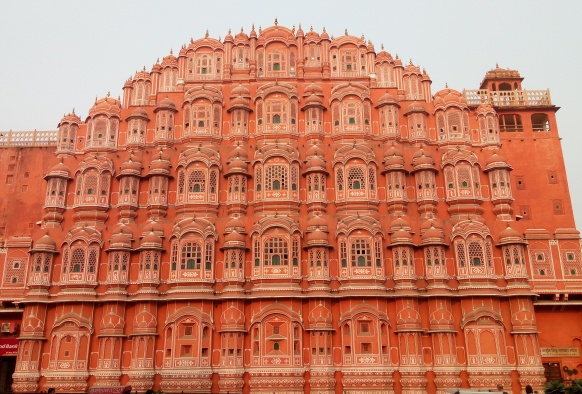

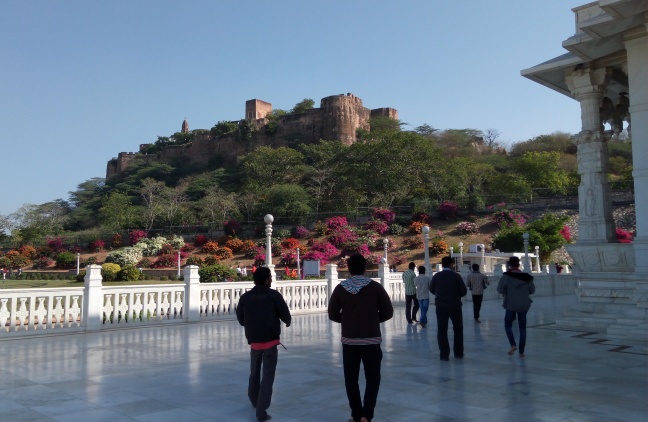
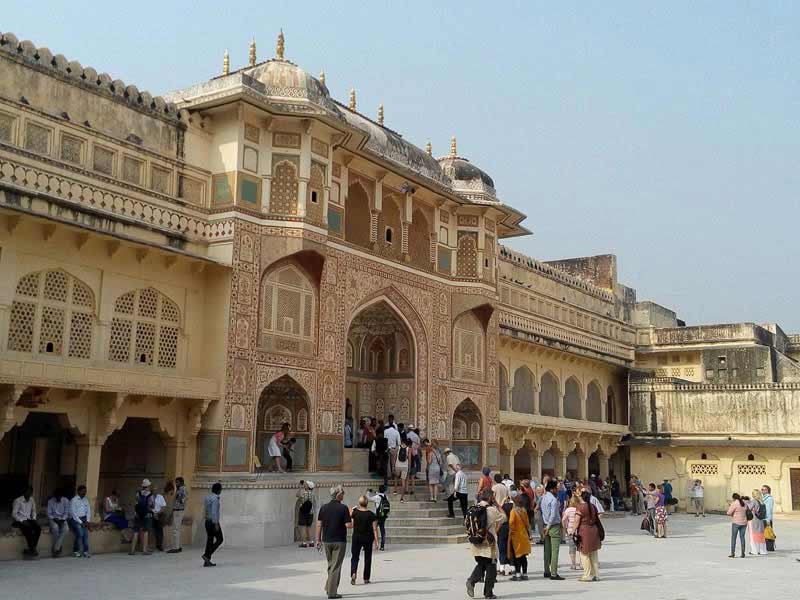

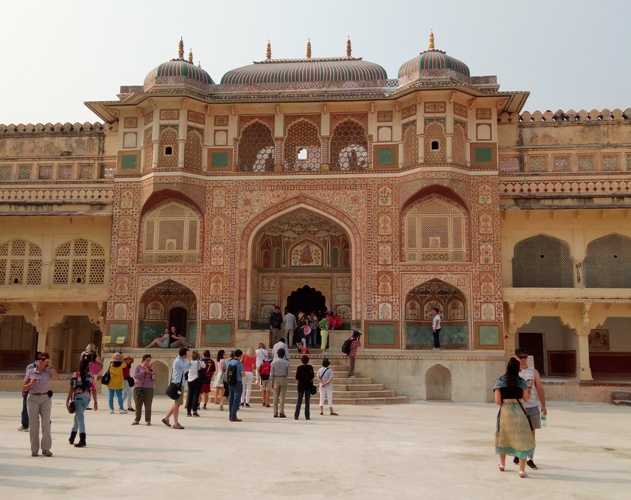

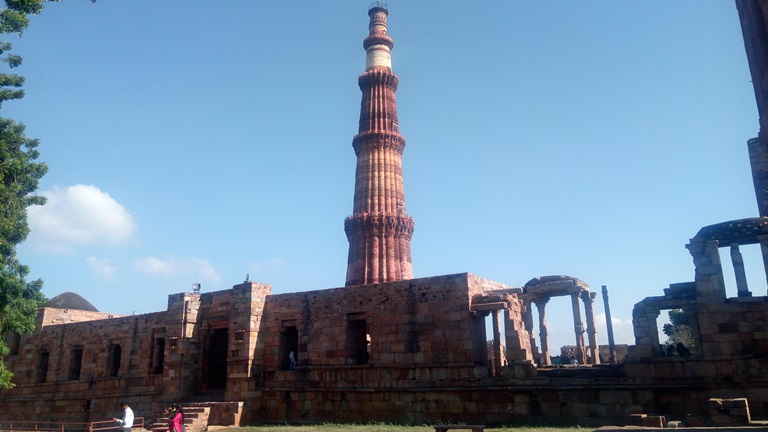
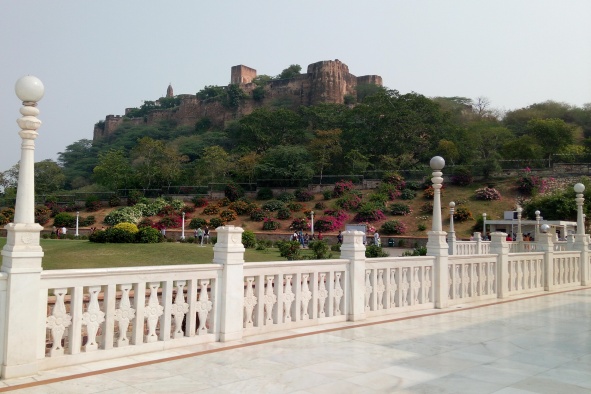
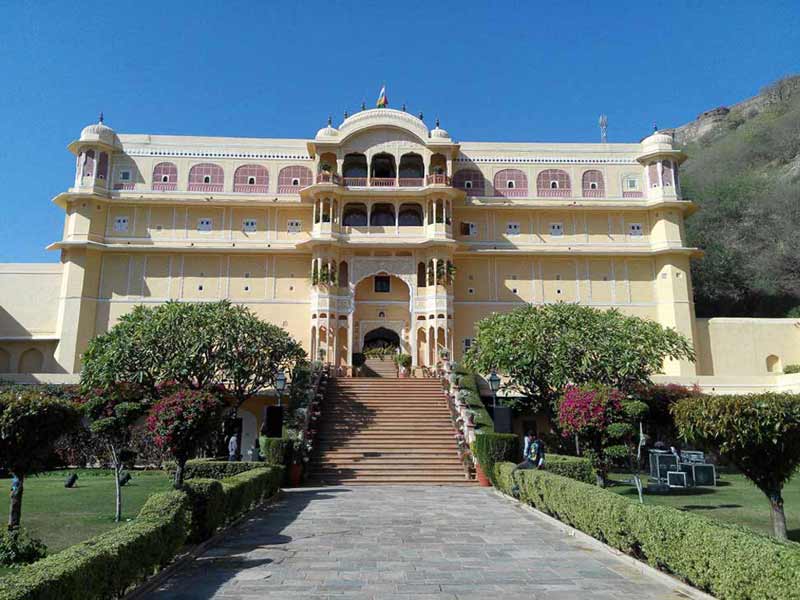
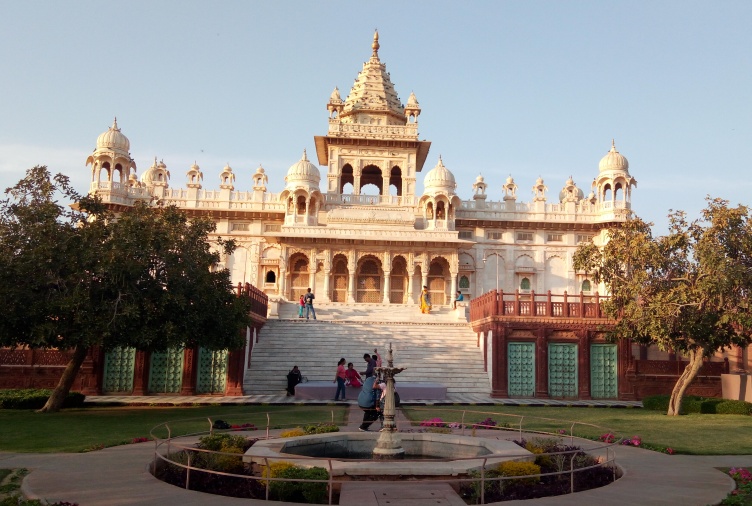
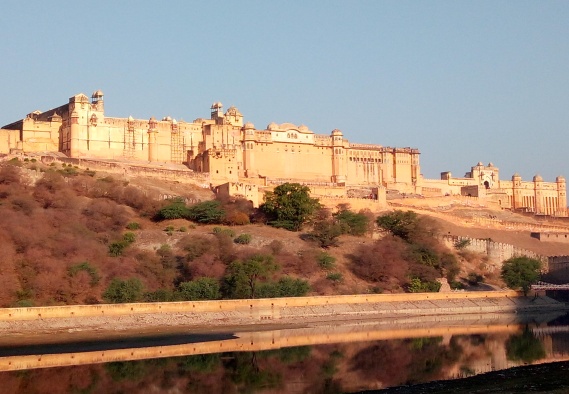
 +91-7303039611
+91-7303039611